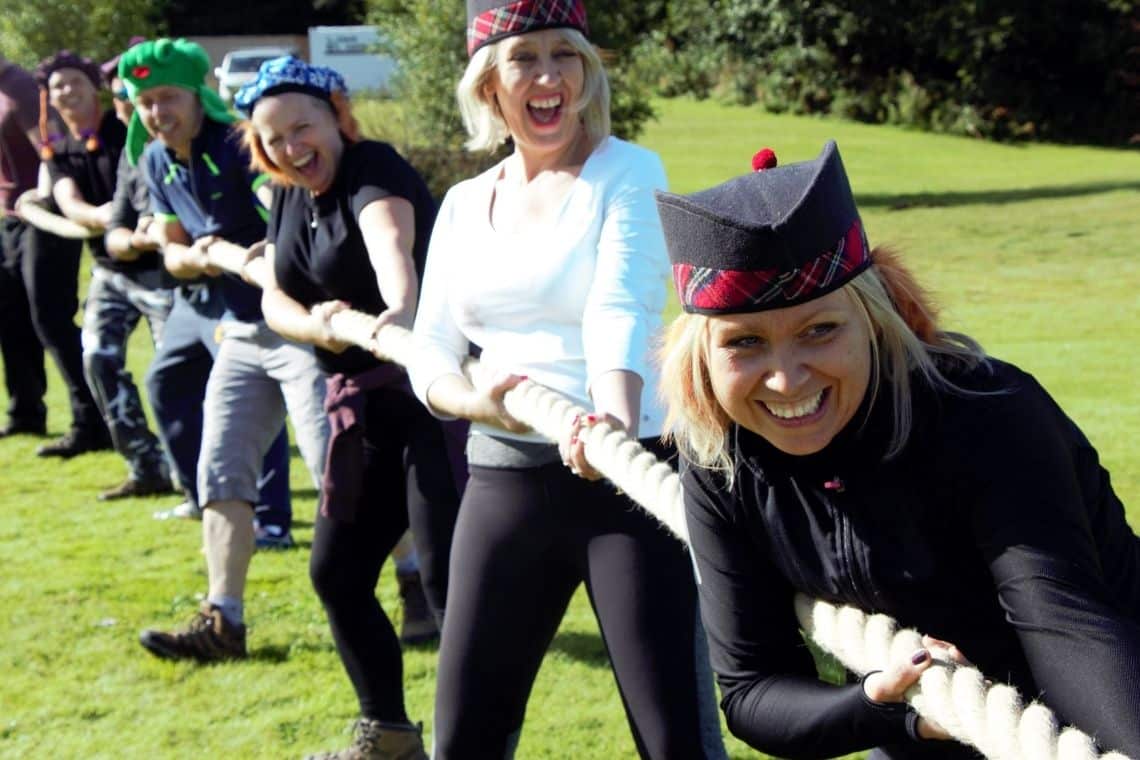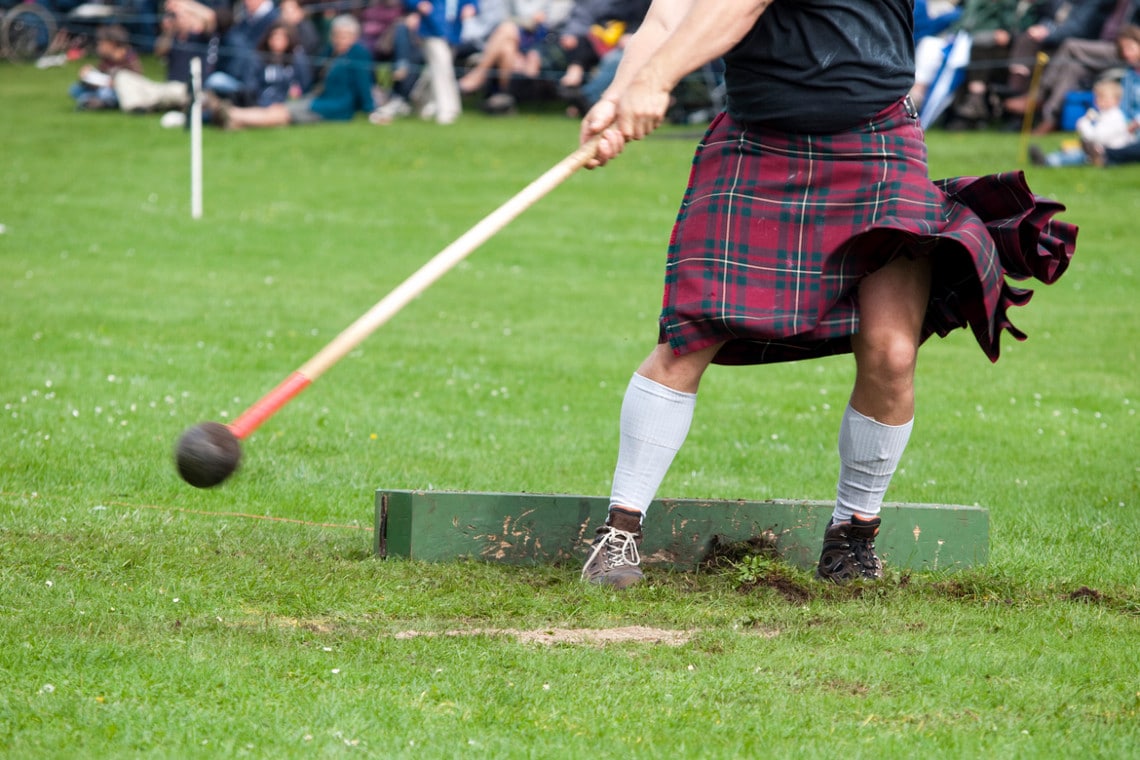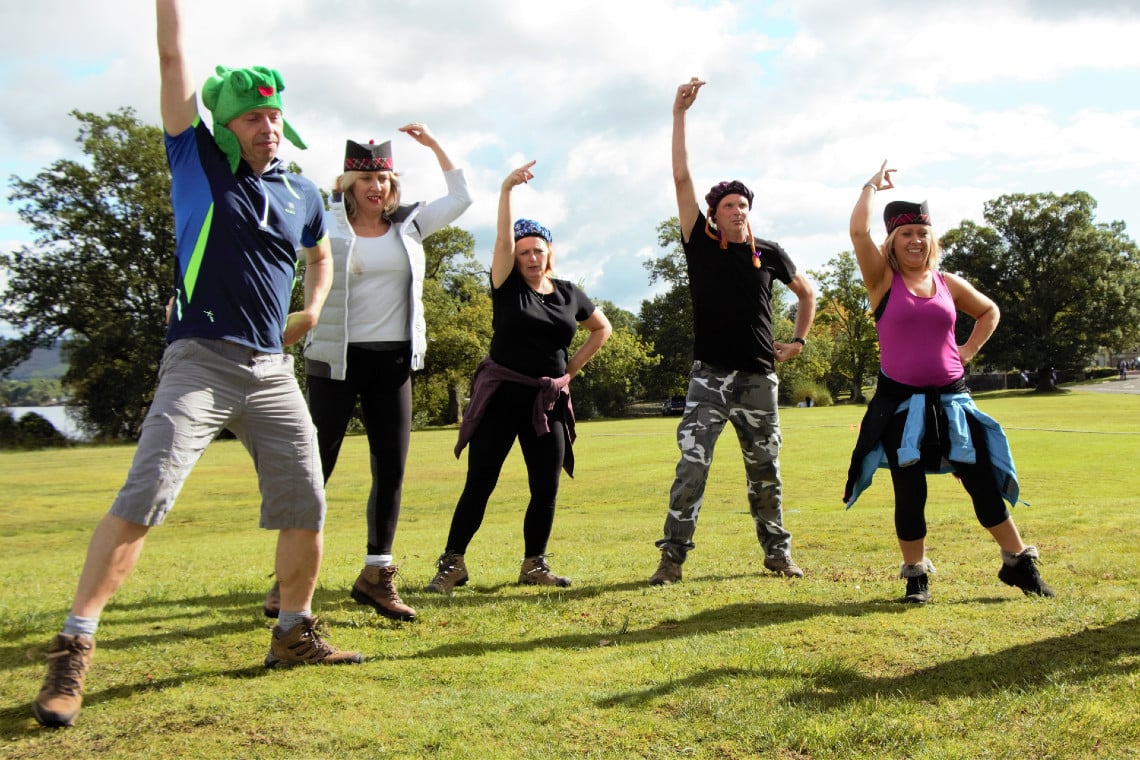Picture a misty Scottish morning, the sound of bagpipes echoing across rolling hills, and athletes in kilts preparing to showcase feats of strength that have been celebrated for centuries. Welcome to the Highland Games, a tradition that began in Scotland but has now captured hearts worldwide.
Ancient Roots: The Birth of the Highland Games
The origins of the Highland Games stretch back to the 11th century when King Malcolm III of Scotland organized a foot race to find the fastest runner who could serve as his royal messenger. However, the games as we know them today truly took shape during the Victorian era, when Queen Victoria’s love for Scottish culture helped revive and formalize these traditional competitions.
During the Highland Clearances of the 18th and 19th centuries, many Scots were forced from their lands, taking their traditions with them across the globe. This diaspora helped spread the Highland Games far beyond Scotland’s borders, establishing them as a celebration of Scottish heritage worldwide.

Traditional Events: Testing Strength, Skill, and Stamina
Heavy Events
The most iconic aspects of the Highland Games are the “heavy events,” which showcase raw strength and technique:
Caber Toss: Perhaps the most recognizable event, athletes must lift and toss a massive wooden pole (the caber) end-over-end. Success is measured not by distance, but by the accuracy of the flip, with a perfect “12 o’clock” position being the goal.
Stone Put: Similar to the modern shot put, competitors throw a large stone. Two versions exist: the “Braemar Stone” (20-26 lbs) and the “Open Stone” (16-22 lbs), thrown without and with a running start, respectively.
Weight Throw: Athletes throw weights ranging from 28 to 56 pounds for distance, both in standing position and with a running start. The technique requires a perfect blend of strength and momentum.
Hammer Throw: Using a round metal ball attached to a wooden or PVC handle, competitors spin and release the hammer for maximum distance. Unlike the Olympic version, Highland Games hammers have a rigid handle.
Track and Field Events
While the heavy events draw the most attention, traditional Highland Games include various athletic competitions:
* Running events ranging from sprints to middle-distance races
* High jump and long jump competitions
* Tug-of-war contests that pit entire teams against each other
Cultural Competitions
The Games aren’t solely about athletic prowess. They celebrate the full spectrum of Scottish culture:
* Highland dancing competitions featuring traditional dances like the Highland Fling and Sword Dance
* Piping and drumming contests, both solo and in pipe band formations
* Traditional Scottish music performances and competitions

Global Reach: Highland Games Around the World
While Scotland remains the spiritual home of the Highland Games, these celebrations have spread globally:
United States
The largest Highland Games outside Scotland take place in Grandfather Mountain, North Carolina, drawing tens of thousands of visitors annually. Other major events occur in:
* Pleasanton, California – The largest Games on the West Coast
* Alexandria, Virginia – The largest one-day Games in the world
* Enumclaw, Washington – Pacific Northwest’s premier Scottish celebration
Canada
With its strong Scottish heritage, Canada hosts numerous Highland Games, with notable events in:
* Maxville, Ontario – Home to the Glengarry Highland Games
* Antigonish, Nova Scotia – The oldest continuous Games outside Scotland
Other International Locations
The Games have spread beyond traditional Scottish diaspora communities:
* New Zealand – The Turakina Highland Games date back to 1864
* Australia – Multiple events across the country, particularly in Victoria
* Indonesia – The Bali Highland Games showcase an fascinating fusion of Scottish and Indonesian cultures

Modern Evolution While Maintaining Tradition
Today’s Highland Games strike a delicate balance between preserving ancient traditions and embracing modern elements. Professional circuits have emerged, with athletes competing worldwide. Women’s divisions have grown significantly, with female athletes setting impressive records in all categories.
Despite these changes, the core spirit remains unchanged: celebrating Scottish culture, fostering community connections, and showcasing extraordinary human achievement. Whether you’re watching a local competition or attending one of the major international events, you’ll find the same warmth, excitement, and pride that has characterized these gatherings for centuries.
In Conclusion
The Highland Games represent more than just a sporting event; they’re a living bridge between past and present, a celebration of cultural heritage, and a testament to human strength and skill. From their ancient Scottish roots to their modern global presence, they continue to captivate audiences and inspire new generations to connect with this rich tradition.
Whether you’re a competitor, a culture enthusiast, or simply someone looking for a unique experience, the Highland Games offers something special. They remind us that some traditions don’t just survive through time – they thrive, adapt, and continue to bring people together in celebration of human achievement and cultural heritage.
Your Very Own Mini-Highland Games
If you’ve ever fancied yourself as a Highland Games competitor, we could help that happen. We organise and run dozens of highland games for customers every year. From Stag and Hen Groups to Wedding Parties, Family gatherings, or Corporate events. From 12 people to groups of 300, we do it all. With a mixture of traditional events like those above, to some less authentic, but fun events like Chuckin’ The Chicken, Haggis Hurling, Chuckin’ The Wellie or Shinty Skills. If it’s something you are interesting in organising for a group, do get in touch.